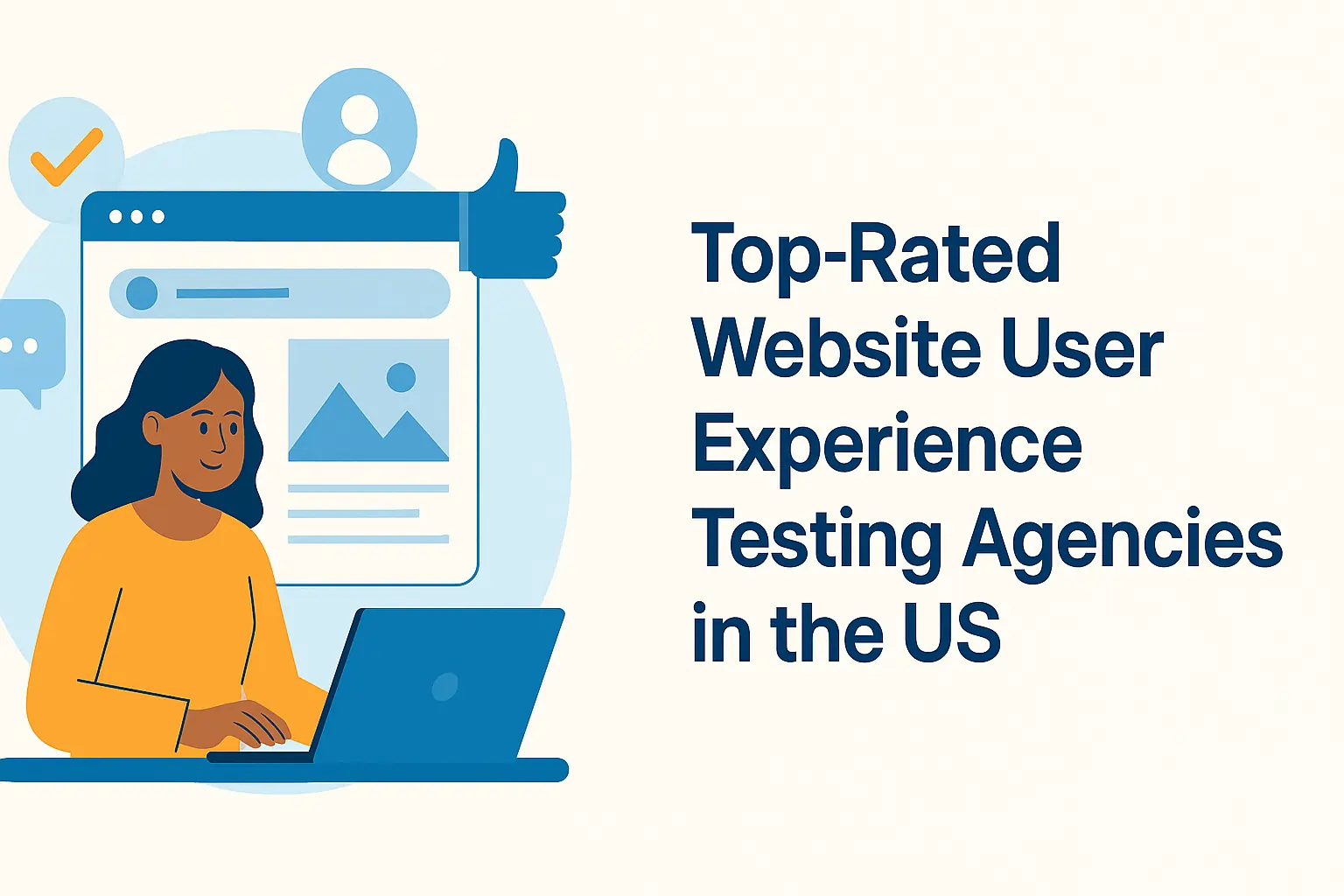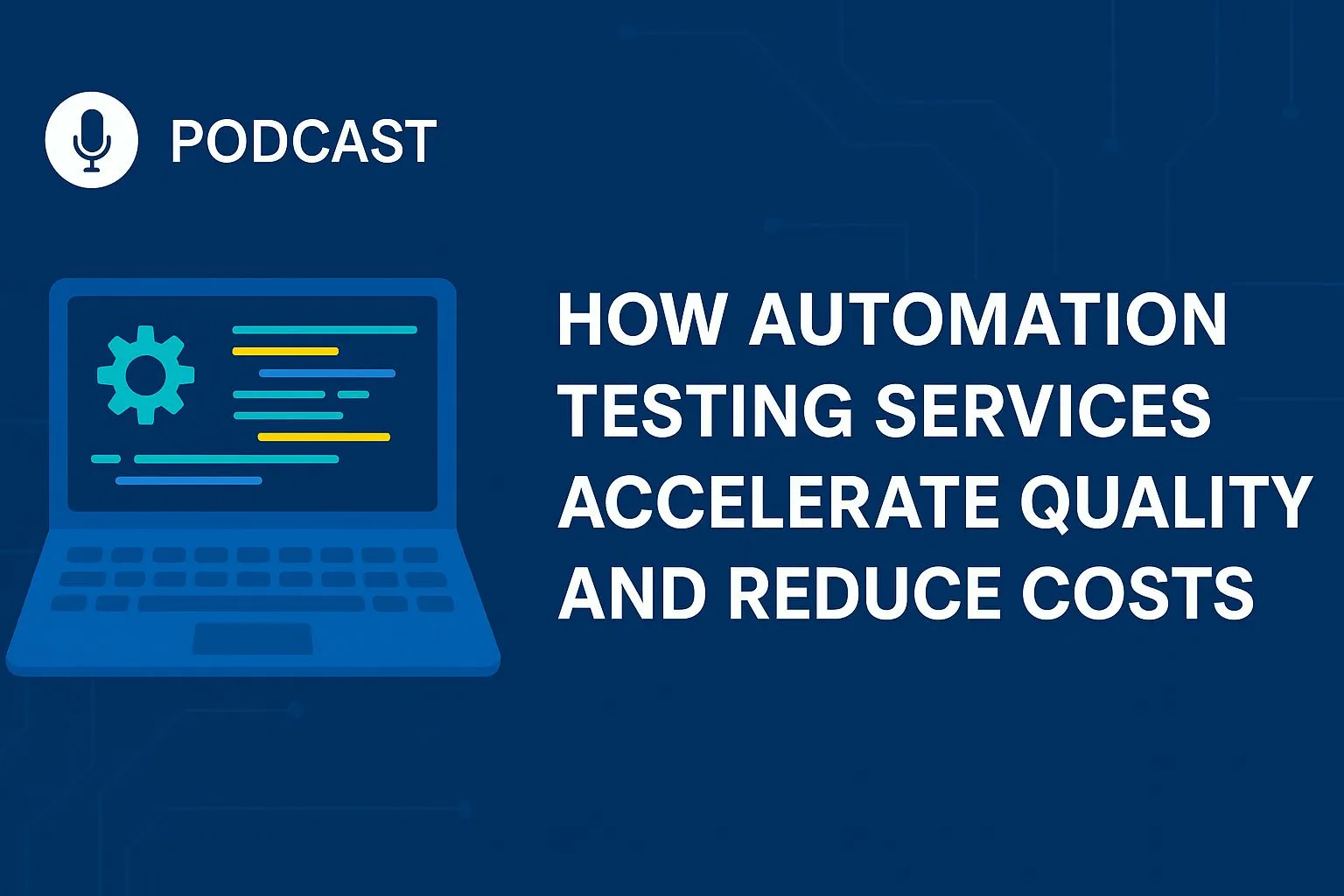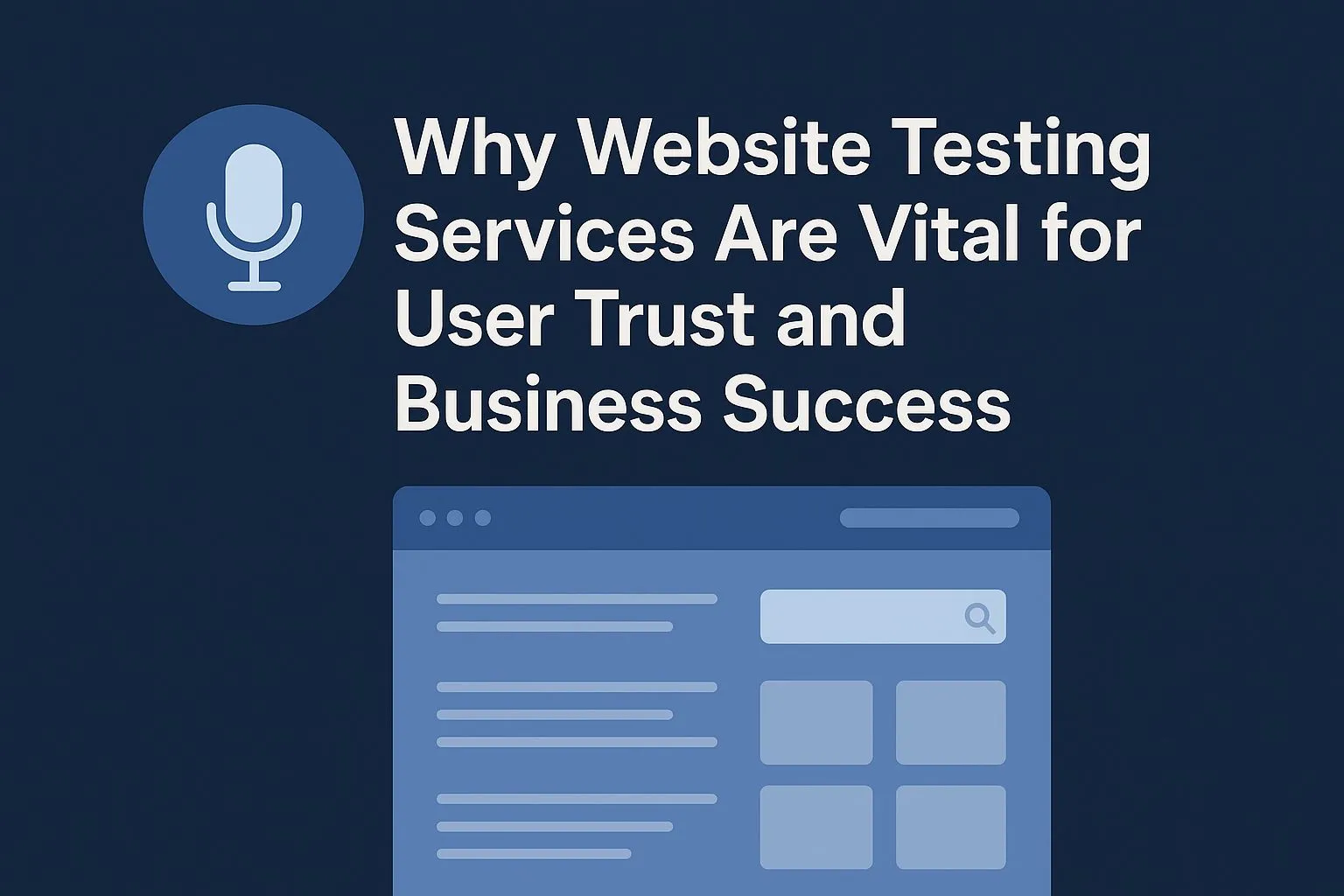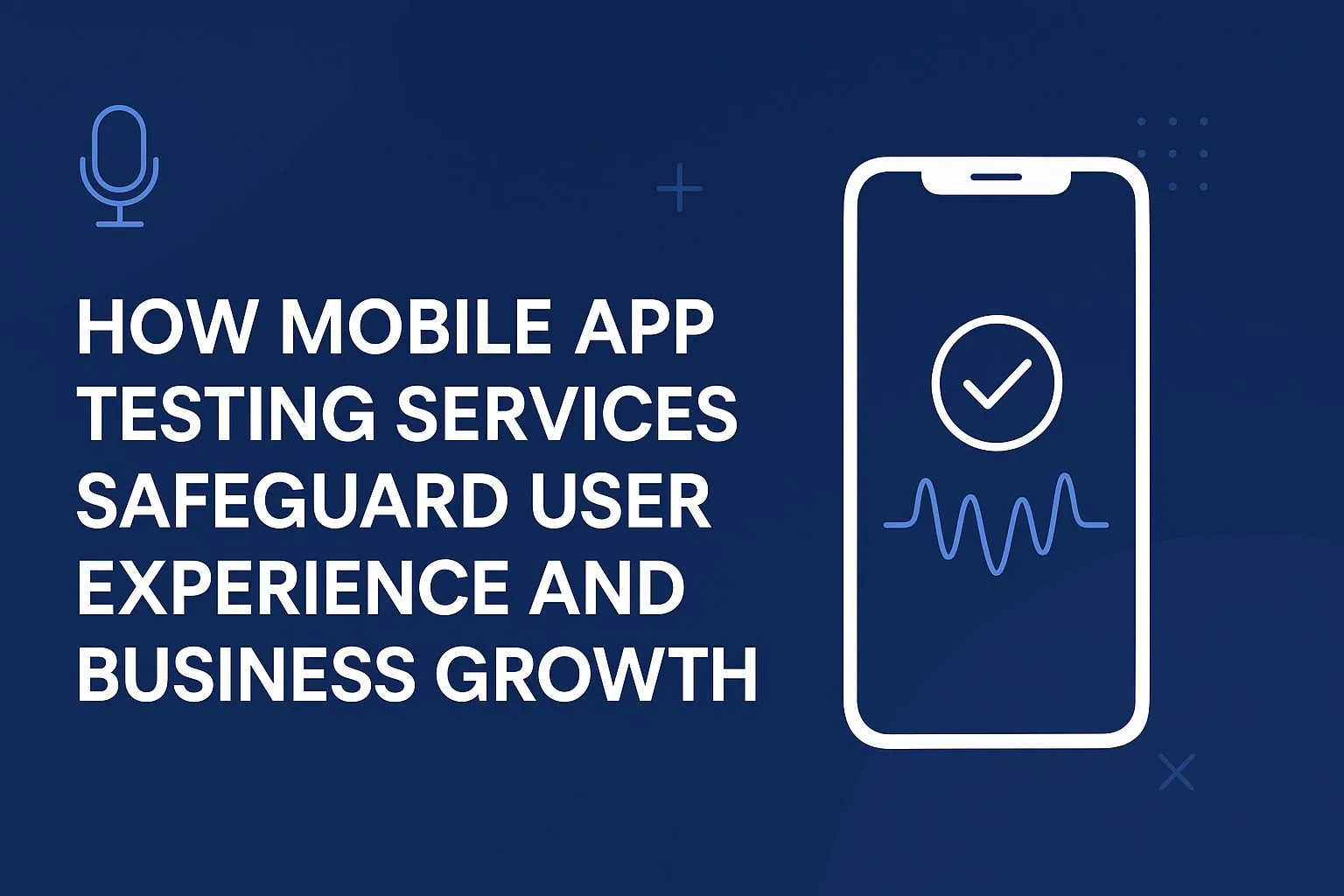Why Website Testing Should Be Part of Every Redesign or Migration Plan
Redesigning or migrating a website is a big milestone, but it’s also one of the riskiest phases for your online presence.
Without proper QA, that shiny new layout or CMS upgrade can introduce bugs that break functionality, hurt SEO, and damage user trust.
At Testers HUB, we’ve helped startups and agencies across the United States and the United Kingdom launch new websites with confidence.
Our team ensures that your redesign doesn’t go live with broken forms, layout issues, or missing SEO essentials.
That’s why website testing is not a luxury — it’s a necessity.
🧠 What Goes Wrong During Website Redesigns & Migrations?
Whether you’re switching from WordPress to Webflow, Shopify to Magento, or doing a complete UX overhaul, change introduces risk.
Common Issues We Catch:
- Broken internal links or 404 errors
- Responsive layout failures (mobile/tablet views)
- Forms not submitting or triggering errors
- JavaScript or animation conflicts
- Third-party integrations (e.g., chat, CRM) are not loading
- SEO metadata missing or incorrectly applied
- Images or fonts not optimised or broken
And here’s the scary part: many of these bugs only show up after going live, when real users are already affected.
🔍 Why QA Should Start Before You Go Live
Website testing is often treated like a final checklist item. But it should be embedded into the redesign or migration process itself.
Benefits of Early Testing:
- Catch layout or UX issues during development, not after launch
- Validate forms, popups, and modals before they affect leads
- Ensure SEO-critical elements (like canonical tags or alt text) are intact
- Test across browsers and devices while there’s still time to fix
- Prevent post-launch downtime that hurts trust and conversions
🧪 Our Website Testing Coverage Includes:
✔ Responsive Testing
We test your site across:
- Mobile, tablet, and desktop breakpoints
- iOS and Android devices
- Chrome, Firefox, Safari, Edge browsers
- Landscape and portrait views
✔ Functional Testing
We verify:
- Navigation menus and buttons
- Contact forms, quote forms, and login flows
- Sticky headers, sliders, and animations
- Checkout and payment logic (if applicable)
✔ Content & SEO QA
We check:
- Headings, meta titles/descriptions, schema tags
- Alt text, broken image links, favicon presence
- Internal link structure and crawlability
✔ Compatibility Testing
We simulate:
- Slow networks and older devices
- Interactions between plugins, embedded tools, or iframes
- Language switchers, dynamic content loading, and popups
🧩 Case Study: Saving a B2B Site From Post-Migration Chaos
Client:
Mid-sized SaaS provider in the US
Goal:
Migrate from Drupal to WordPress and update branding
Problem:
After launch, users couldn’t submit lead forms, and footer menus disappeared on iPhones
Our QA Solution:
- Ran responsive and functional tests on 15 devices
- Caught rendering bugs in Safari and iOS 16
- Identified missing Google Tag Manager snippets and SEO schema
Result:
✅ Prevented loss of form submissions
✅ Improved page speed by 28% post-optimisation
✅ Preserved all SEO metadata and rankings
✅ Testers HUB: Your Website QA Partner in the US & UK
What We Test |
Why It Matters |
| Responsive layout & breakpoints | Prevent mobile UX disasters |
| Functional flows | Ensure buttons, forms, and nav work |
| SEO metadata & structure | Preserve Google rankings |
| Cross-browser rendering | Deliver a consistent experience |
| Performance bottlenecks | Improve loading times and UX |
From Shopify stores in New York to WordPress sites in London, we’ve worked with clients across both regions to deliver bug-free launches.
❓ Frequently Asked Questions (FAQ)
1. Why is website testing important during a redesign or migration?
Website redesigns and migrations often introduce new code, layouts, plugins, or platform changes — all of which can break key features like forms, navigation, or mobile responsiveness. Testing ensures your new site works flawlessly across devices and browsers before it goes live.
2. What types of websites do you test?
We test a wide range of websites — from marketing sites and eCommerce platforms (like Shopify, Magento, WooCommerce) to complex CMS systems (like WordPress, Webflow, and custom builds). Whether you’re launching in the US or the UK, we adapt our QA process to your tech stack and goals.
3. Can you test our site before we go live?
Yes. We offer pre-launch QA testing sprints where we thoroughly test your staging or dev environment across real devices, browsers, and use cases. This helps you avoid post-launch surprises.
4. Do you test for mobile responsiveness and browser compatibility?
Absolutely. We test your website across:
- iPhones, Android phones, tablets, and desktops
- Chrome, Safari, Firefox, Edge, and more
We ensure your site looks and works consistently — everywhere.
5. How long does a QA round typically take?
For most standard business websites, a QA round takes 3–5 business days. For larger websites or multi-language/eCommerce platforms, we recommend breaking testing into phases. Timelines are always flexible based on your launch date.
📩 Let’s Help You Launch With Confidence
Whether you’re redesigning your site in the US or migrating platforms in the UK, our website QA team ensures your launch is smooth, fast, and stable.
🚀 Let’s make your redesign flawless — before your users find the bugs.











